“We get into the same river and yet not into the same river, we are and we are not [the same].“
Heraclitus
I have a new book of images of water available. Following the success of The Still Dynamic last year (in the sense that it thankfully sold out rather quickly in its limited edition print), this new volume pictures from some of my favourite places in the UK and Switzerland including, of course, the Mallerstang Valley in Cumbria that I has photographed for 25 years now. The images include some that are that old and taken on a Mamiya 6, but also more recent pictures taken on Fujifilm digital cameras.
For the title of the book he has borrowed the Greek phrase Panta Rhei, translated as Everything Flows. This is an aphorism that is often used as a short summary of the concepts of the Greek philosopher Heraclitus but here serves as an homage to the International Association of Hydrological Sciences which will celebrate its centenary in 2022, and which for the last decade has had a programme of research with the same name dealing with the multifaceted interactions between hydrology and society.
The collection of images in Panta Rhei does not, however, deal directly with these larger aspects of change. It rather tries to address the challenge posed by Everything Flows to the photographer. Flow creates a fundamental difficulty of representing change and dynamics in a still image. There is a challenge to capture the fleeting changes of light on water in a way that still implies the nature of a flow, where the patterns of flow are often highly complex in response to the detail of the boundary conditions. This is something that has proven attractive to film makers for a long time. The Dutch film maker Bert Haanstra (1916-1997) directed a monochrome film called Panta Rhei in 1952 (that can be found on YouTube) that used a variety of techniques, including time lapse photography, to illustrate change of water in the forms of clouds, drops, streams, and waves, and the light reflecting from water surfaces.
Taking a photograph involves making a selection from nature. Most of the images I have included are selections of only a small part of nature, creating something rather abstract. They can be called found abstractions, something I have written about in the online photography magazine On Landscape. I generally choose to take photographs of small selections because it is easier to find a satisfying balance of elements. Interestingly, with the cameras I have, I mostly cannot get too close, so the images are mostly no smaller than a bit less than 1m square……but perhaps this is the smallest scale that can be considered as landscape, in that it must include a number of interacting elements of form in a semi-abstract way.
5 images from the book Panta Rhei follow, taken on the River Eden in Cumbria, the Val Versasca in Tessin, and the Schwarzwasser in the Canton of Berne.
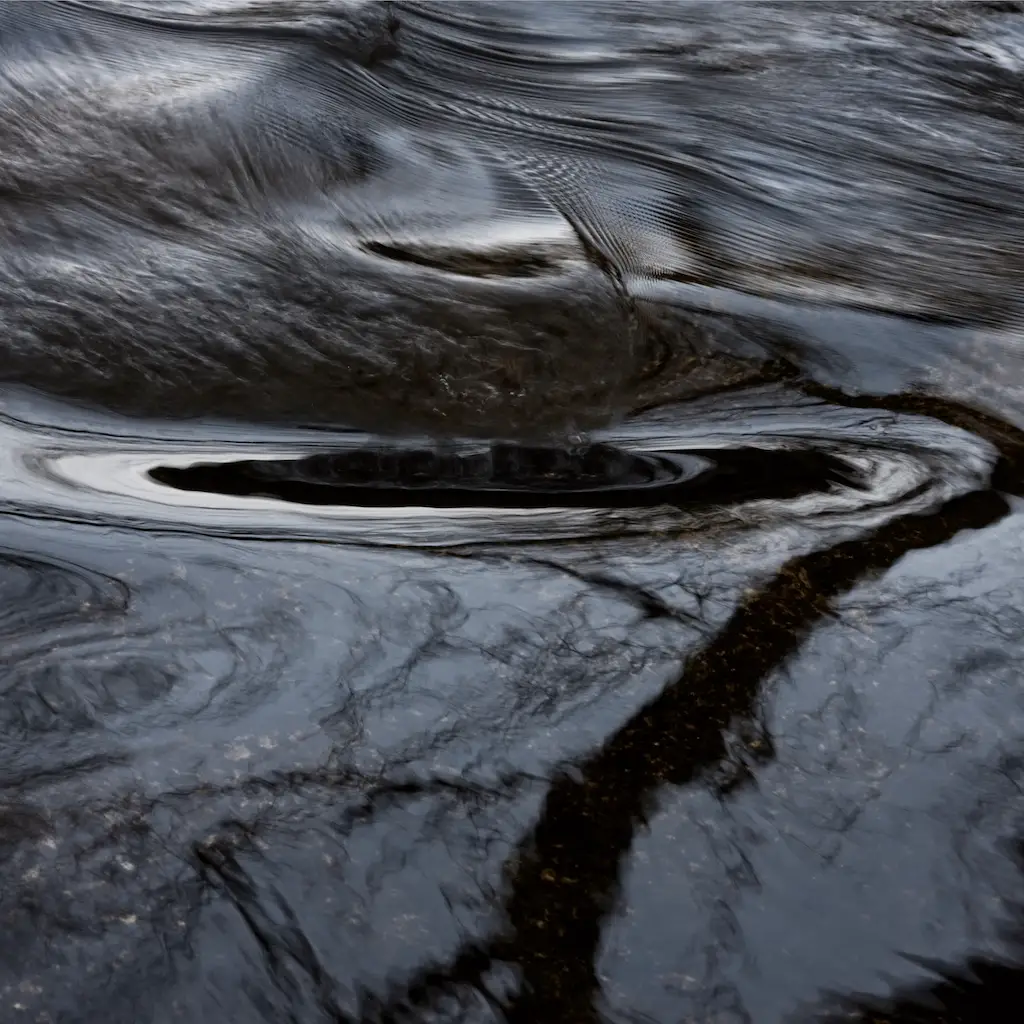
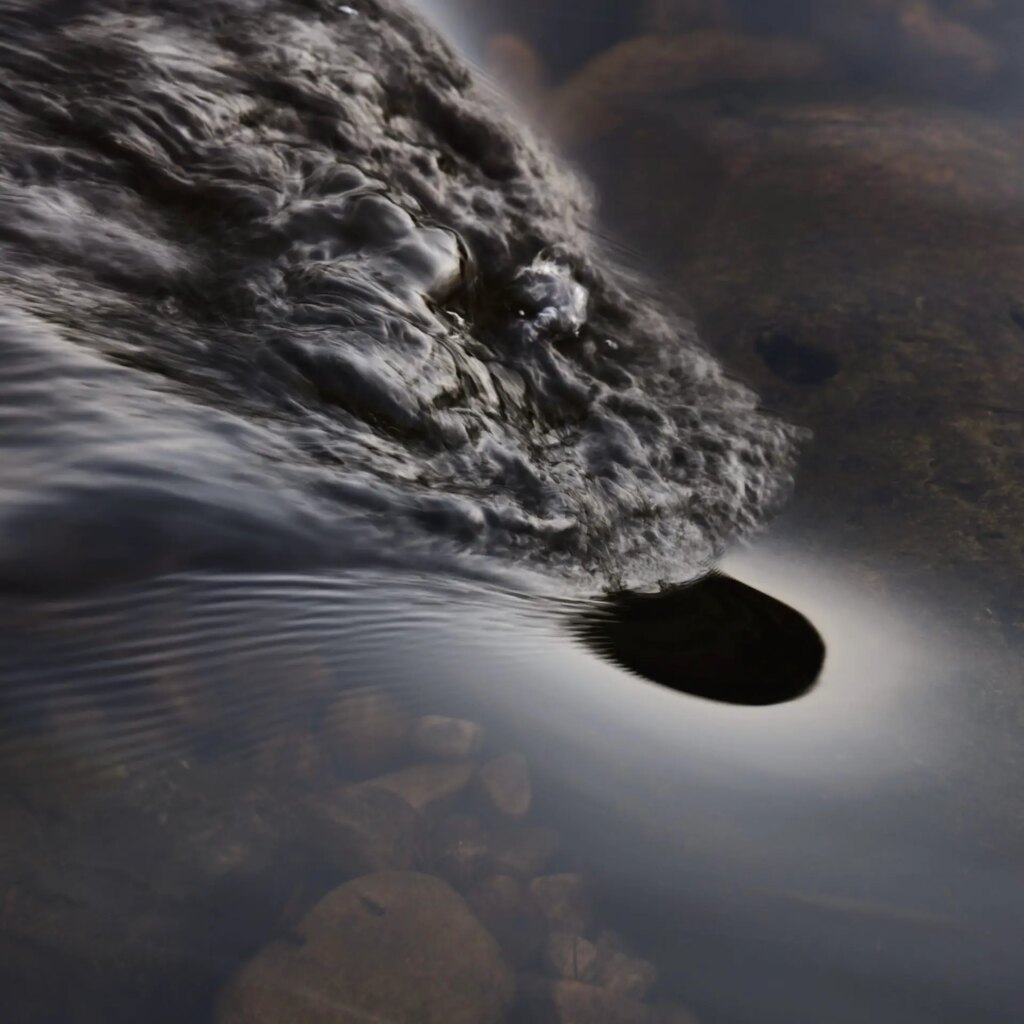
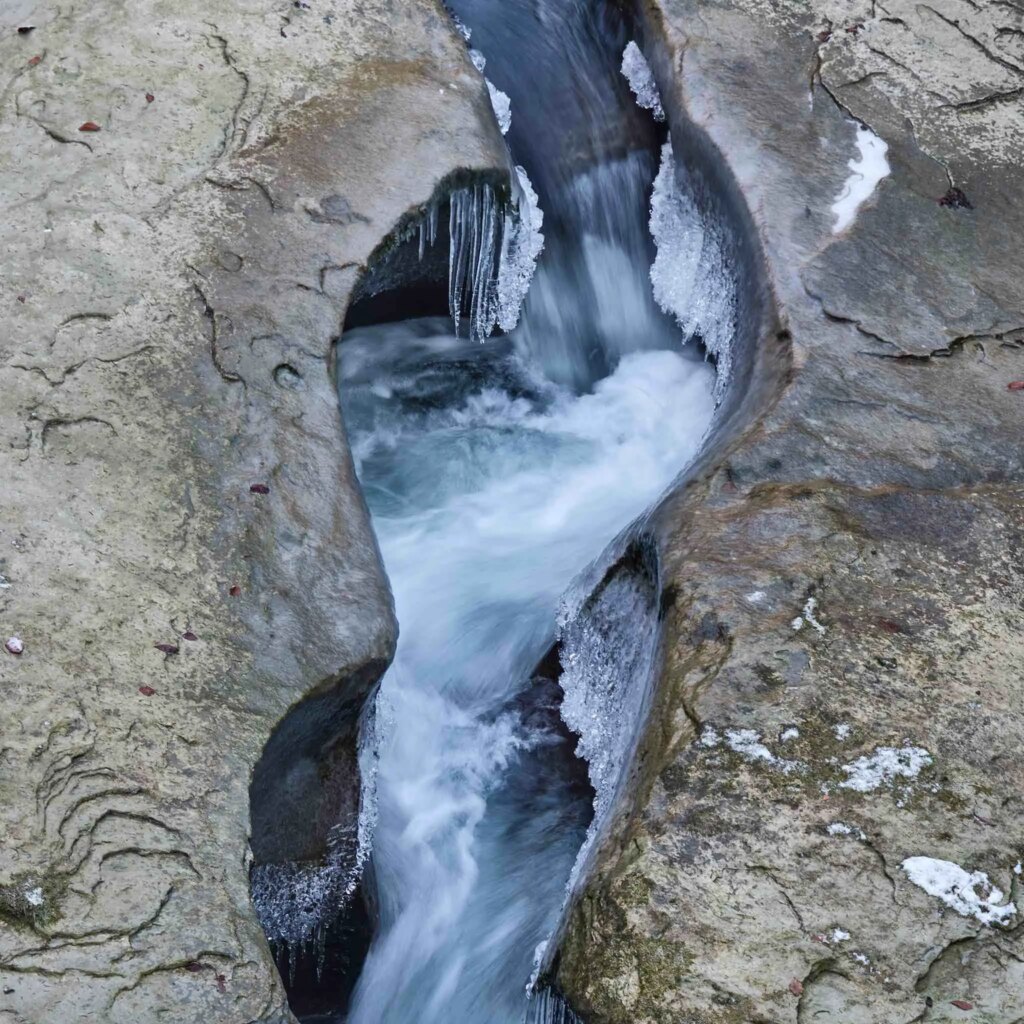
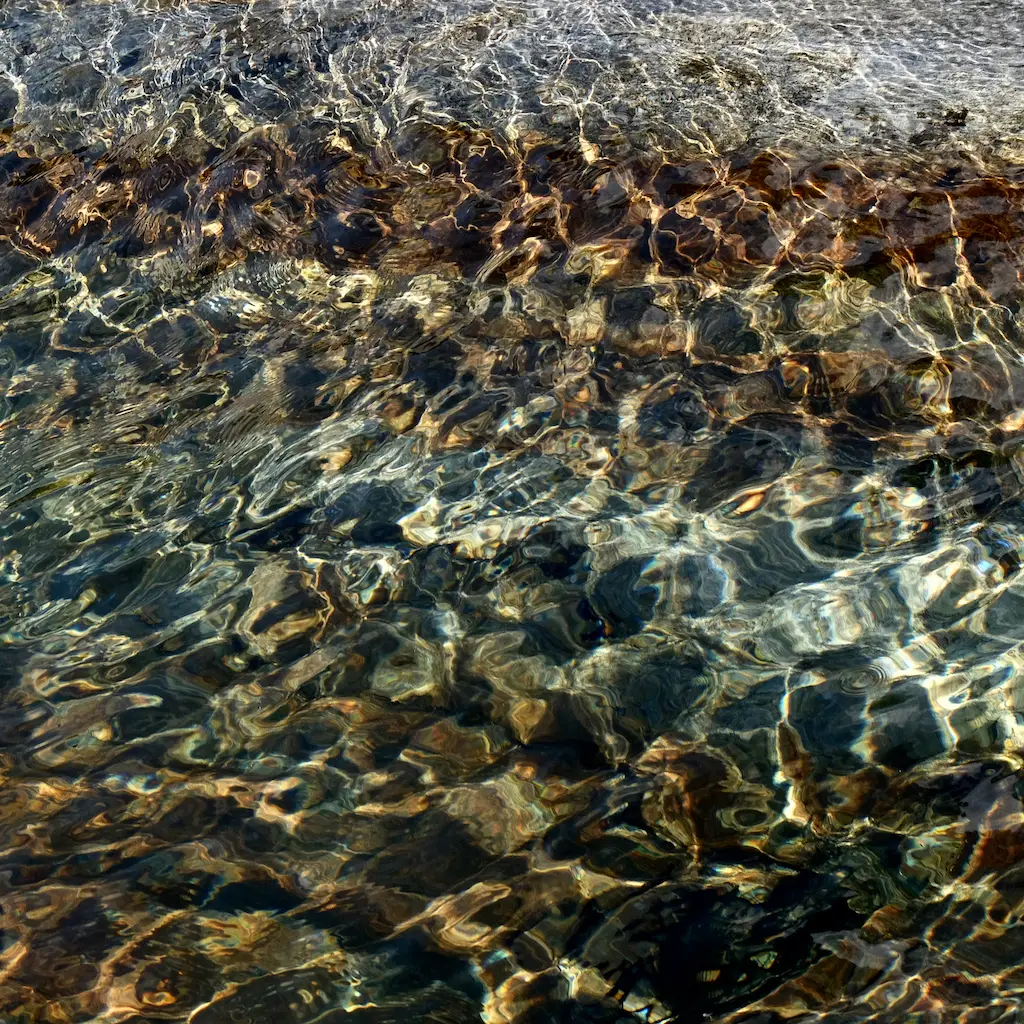
As with the first volume, all the profits and all the sales of the pdf version will be donated to the charity WaterAid that does great work in trying to improve the supply of drinking water and the treatment of waste waters in developing countries. The book can be ordered as a hard copy or pdf at www.mallerstangmagic.co.uk. A pdf version of The Still Dynamic is also still available there (follow the links for a description and the shop)
Share this post:
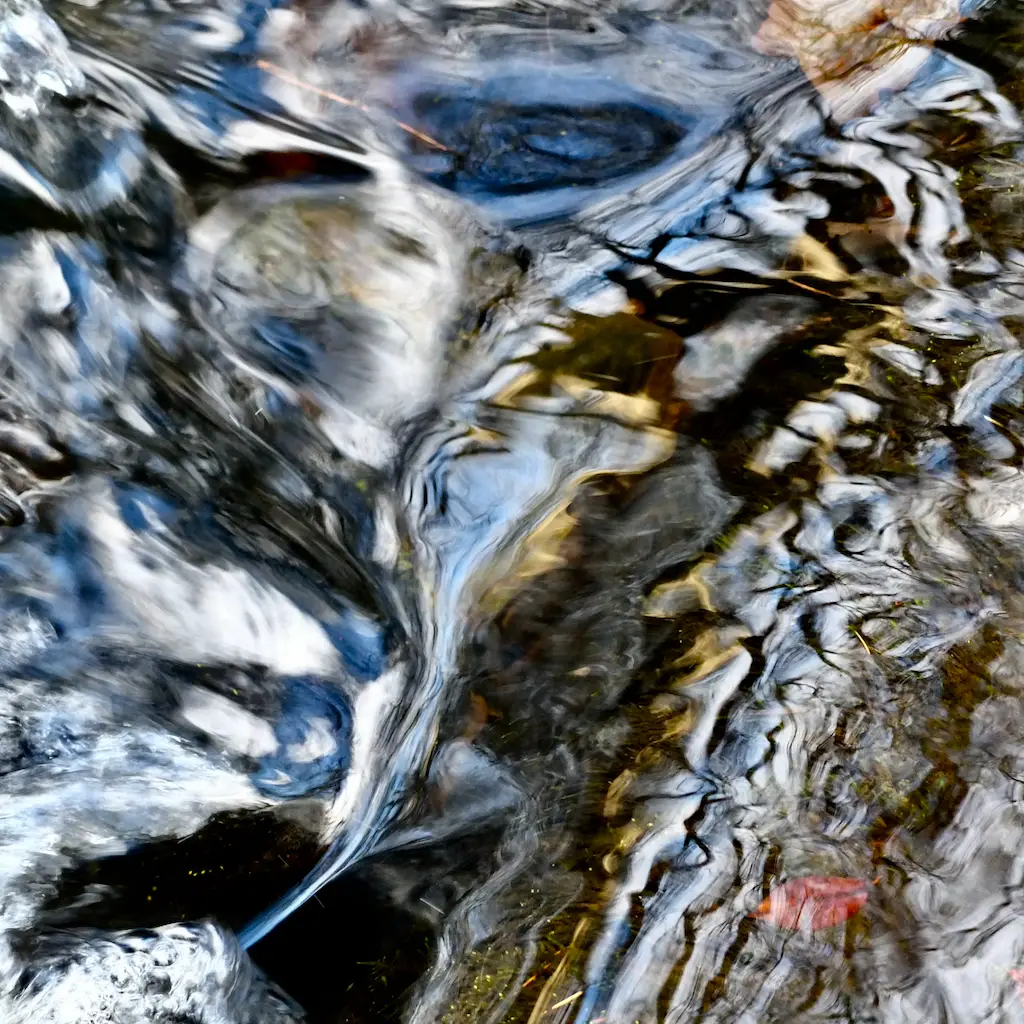








Comments
Brian Nicholls on 5 Frames from Panta Rhei (Everything Flows) – Keith Beven
Comment posted: 01/05/2022
Comment posted: 01/05/2022